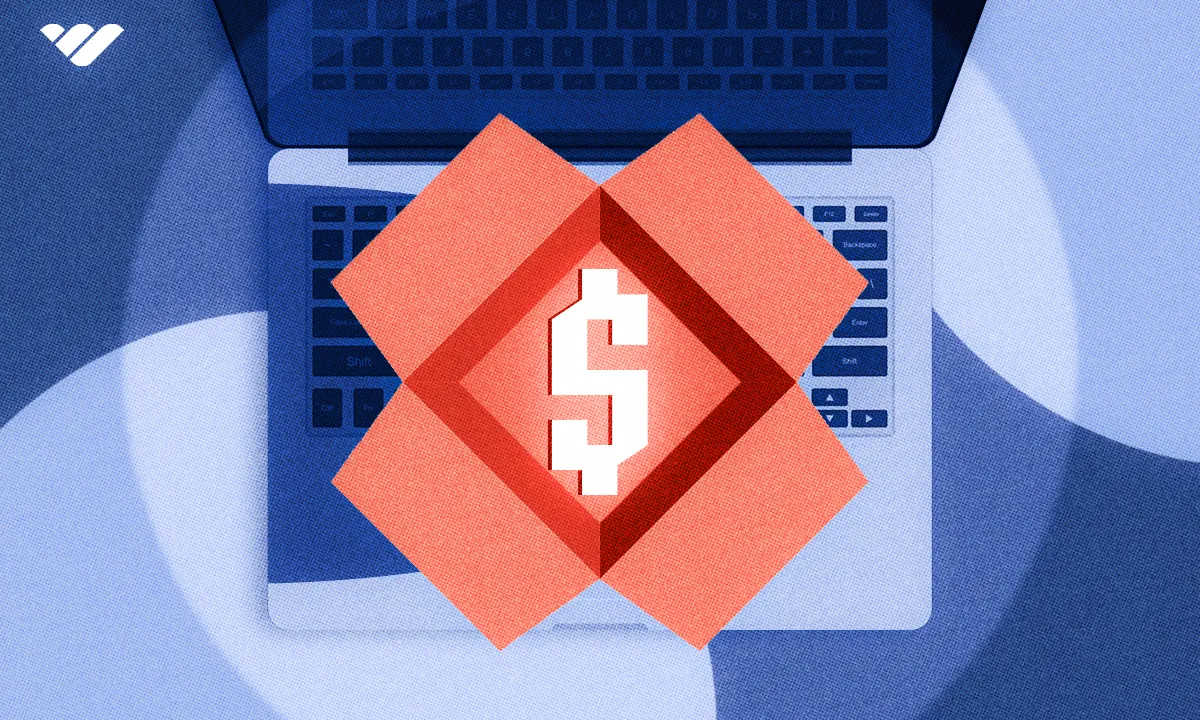How much should you charge for your digital products? Read this guide to understand different pricing methods and strategies to use in your business.
Key takeaways
- Calculate all production costs including time, utilities, and marketing before setting your product price.
- Research competitor pricing and payment models to position your digital product competitively in the market.
- Use bundling and tiered pricing strategies to increase revenue while offering customers perceived value.
Forget warehouses and shipping labels: digital offers are becoming the most versatile, high-margin products online, fueling a $416 billion market by 2030.
Whether you're selling courses or access to private communities, the demand is only getting bigger, and with it—your bank account.
But how exactly do you find the right price that maximizes sales and profit? You're in the right place.
We'll show you exactly how to price your digital products for success.
Setting the right price for your digital products
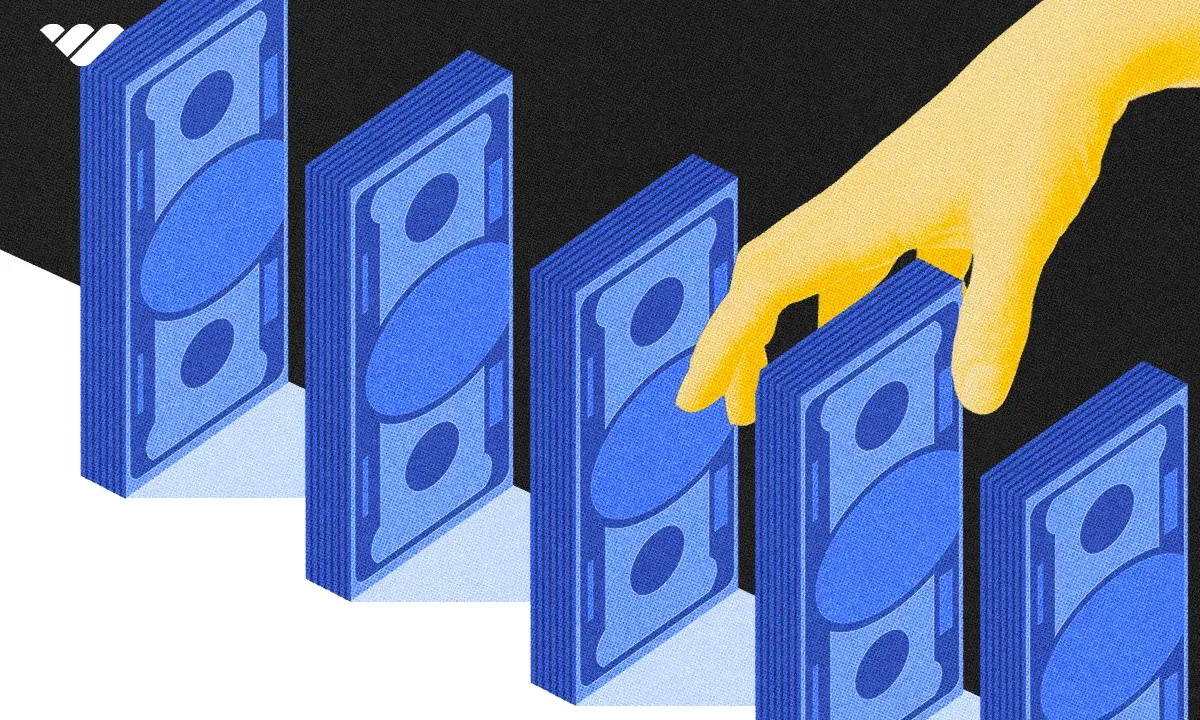
Pricing your product can be tricky. Charge too little ad you won't make much (if any) profit. Charge too much and you might put off potential customers.
Luckily, there are ways to avoid falling into either of these traps. Ask yourself the following questions to work out how much to charge for your digital products.
What are your production costs?
There's a cost to creating a product, even if it's not a physical one. If you make your product yourself, it might feel like it's free, but it never really is.
After all, everything from your own time to the cost of your utility bills adds up to the final cost of a product, so don't undersell yourself.
Here are some of the more common production costs that may apply to you, depending on what you're selling:
- Software or software development costs
- Utilities (like your internet and power bills)
- Website hosting (although you can sell digital products without a website, too)
- Ecommerce platform fees
- Marketing and advertising costs
- Licensing
- Outside professionals (like an accountant for your taxes, or any contract workers you may hire)
- Insurance costs
- The value of your own wages
Write down each and every expense as best as you can, and don't forget to put a price on your time. Your product's price needs to not just exceed your expenses but also account for profit.
Of course, if you're just starting out, you might run a promotion or two and take a loss just to attract more customers.
How big is your audience?
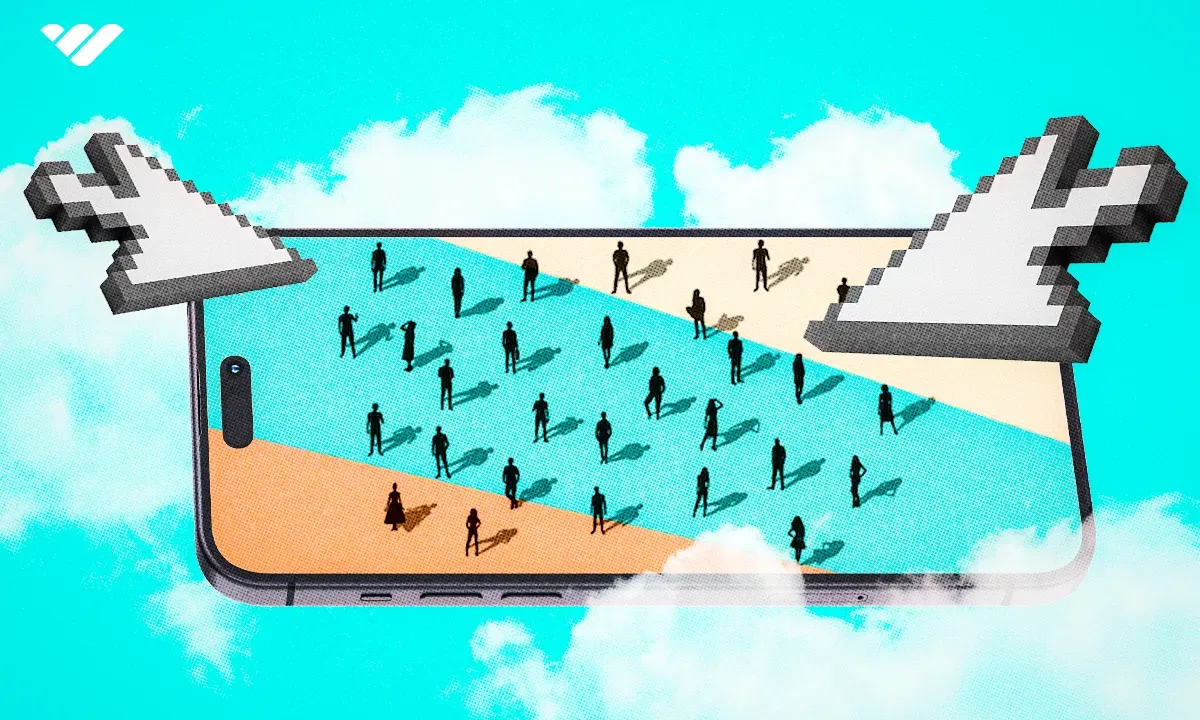
The next thing you should consider is your audience. Who you decide to sell to will determine what kind of price point you should place your products at.
In general, a lot of the information you seek will come from simply designing your product. You're building it from the ground up, so you already know who it's for.
The question is how many people might be interested in it initially, and how you might scale your business as time goes on.
Market research comes in many shapes and sizes, such as:
- Online surveys
- Email surveys
- Virtual focus groups
- One-on-one interviews
- Expert interviews
- Search trends
- Existing market reports
- Trade publications
- Scoping out the competition
Some of these, like market reports that have already been done, only require you to do the legwork to find them.
Others can be done with some effort and will also serve as a first step toward marketing yourself once you're ready. Things like focus groups or surveys will usually have an upfront cost, though.
What are your competitors charging?
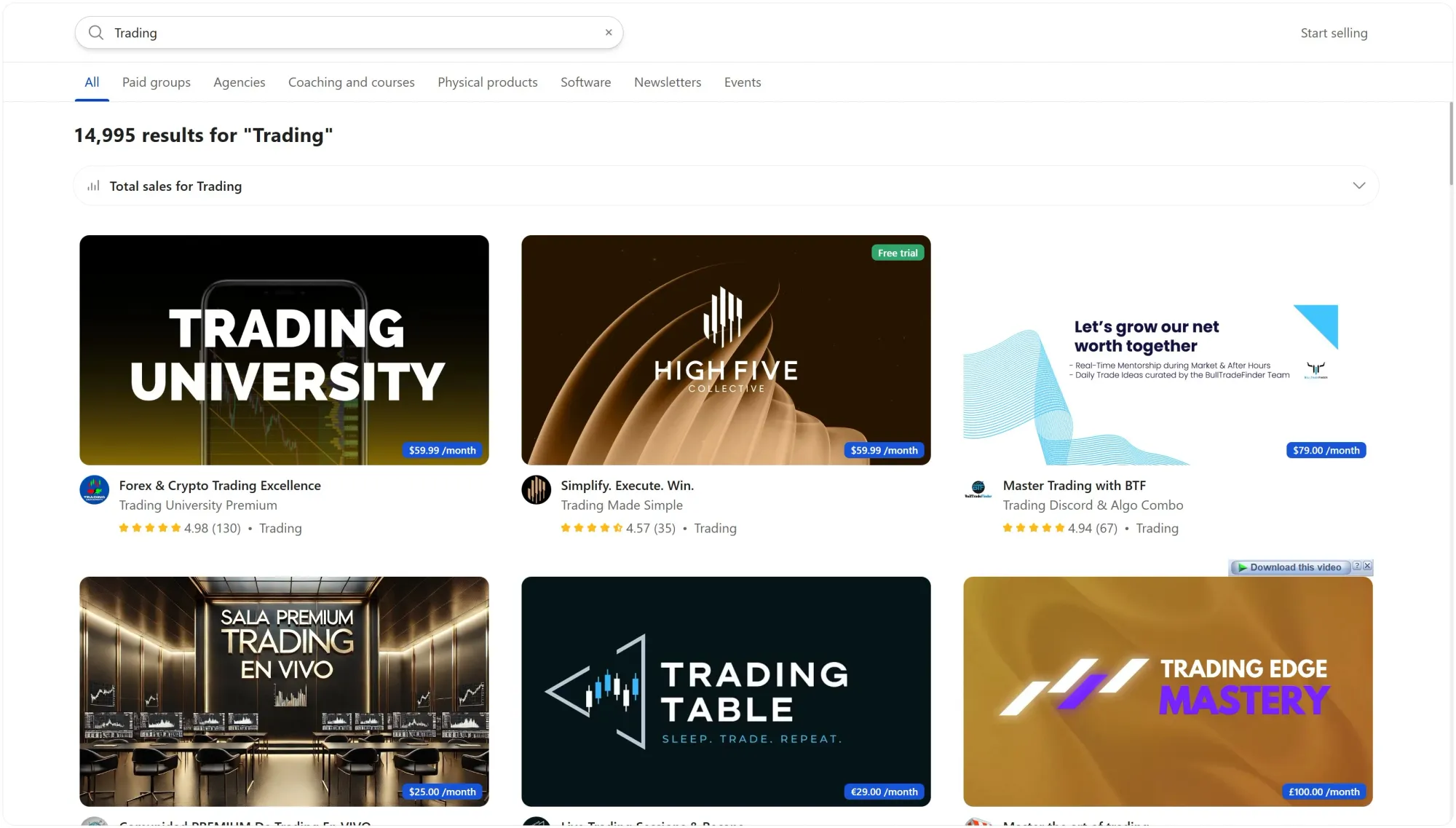
Before setting prices, you should check what your competitors are charging. Start with the platform you'll sell. Whop has a robust marketplace that can serve as your guide here.
You can charge more than your competitors if you offer more value - but keep in mind that you're going to need strong marketing to actually prove your product is delivers more value.
Some of your competitors might be going the extra mile. For instance, regular discounts, giveaways, or goodies for newsletter subscribers, that's often a winning strategy.
Keep an eye on their payment plans, too. Do they charge a flat fee for each product, or do they charge a monthly subscription? Is there a tiered payment system that locks the juiciest products behind a paywall? All useful knowledge, so make sure to look through a long list of your competitors.
How much is your audience willing to pay?
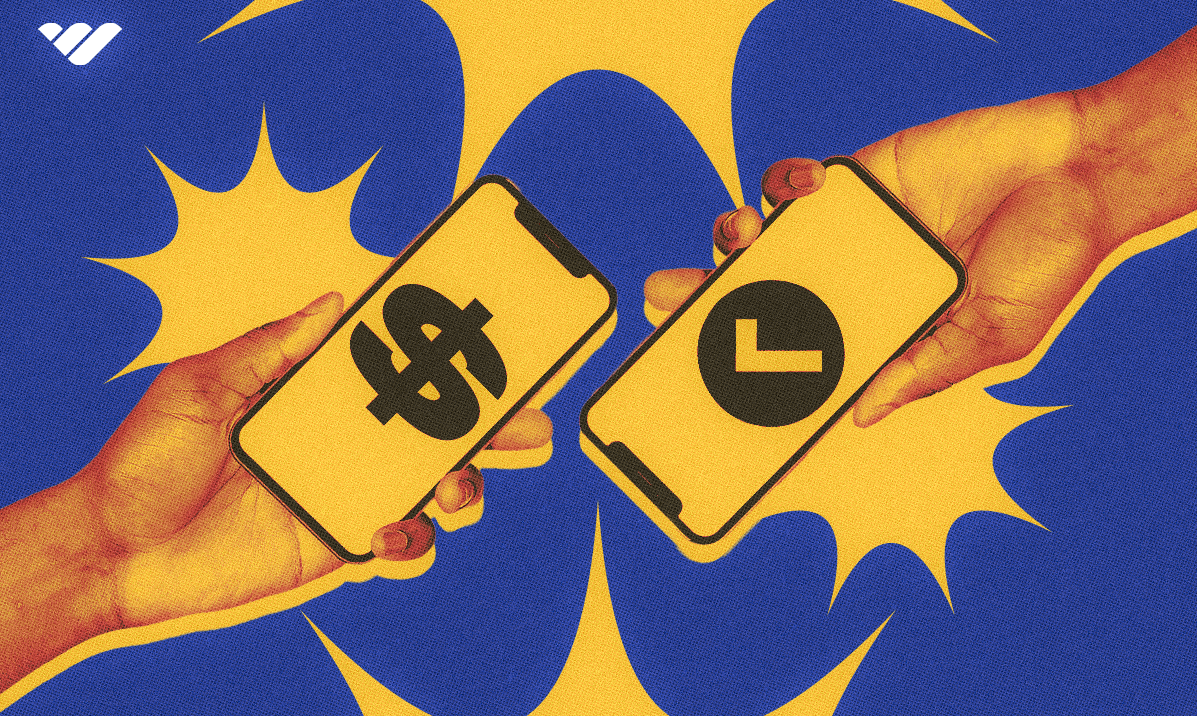
We discussed how to do market research when determining your audience size, but you can also use audience surveys to help narrow in on the ideal price point. All of this is part of creating your target persona.
Think about the characteristics of ideal customer, their age, are they tech-savvy? Would they prefer one-time payments or subscription services?
It's not all about the money (although a lot of it is). Your audience's pain point matters, too. Your product needs to solve a problem. If this need is something drastic, aka needs more value, you can charge more.
If your product is just something that solves a small issue or inconvenience, then your customers may not be willing to pay as much.
Choosing a pricing model for your products
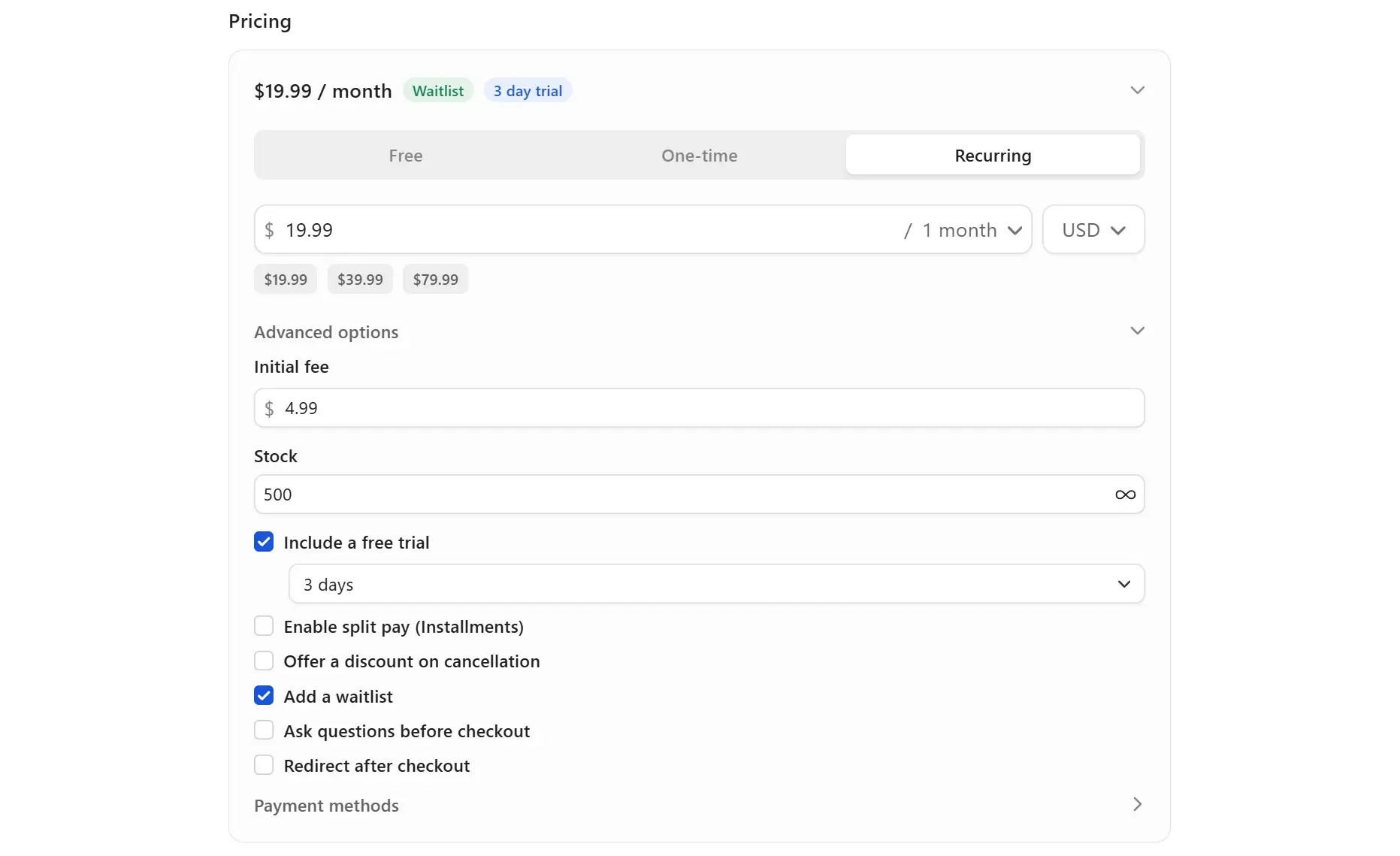
Now for the actual question: how do you want to get paid? Will you bundle everything together or sell them individually?
To decide the above and more, you should take into consideration factors like:
- The nature of your product
- Your demographic and their preferences
- Your cash flow needs for updates and maintenance
- Customer retention
- Administrative effort
- How much flexibility you need

Some pricing models work better for certain products. As an example, courses that require a time commitment lend themselves to subscription-based payment plans. You create it once and get paid monthly - that's passive income.
On the other hand, things like ebooks tend to be a one-time payment instead of a subscription. However, you can still lock your ebooks and other downloadables behind a subscription.
For instance, you can sell a cheaper subscription tier that only offers access to a course and a pricier one that also adds some ebooks.
Let's take a look at each of these pricing models.
One-time-payment pricing
The one-time-payment pricing model is the simplest. In essence, if someone wants to buy your product, they pay for it and they own it forever.
This is ideal for anything that doesn't require continued support or updates, like ebooks, music, stock photos, templates, graphic design, or fitness plans.
This is a straightforward way to make money online, but by accepting one-time payments, you might limit your earning potential slightly. You'll have to entice your customers to keep buying new products.
Freemium pricing model
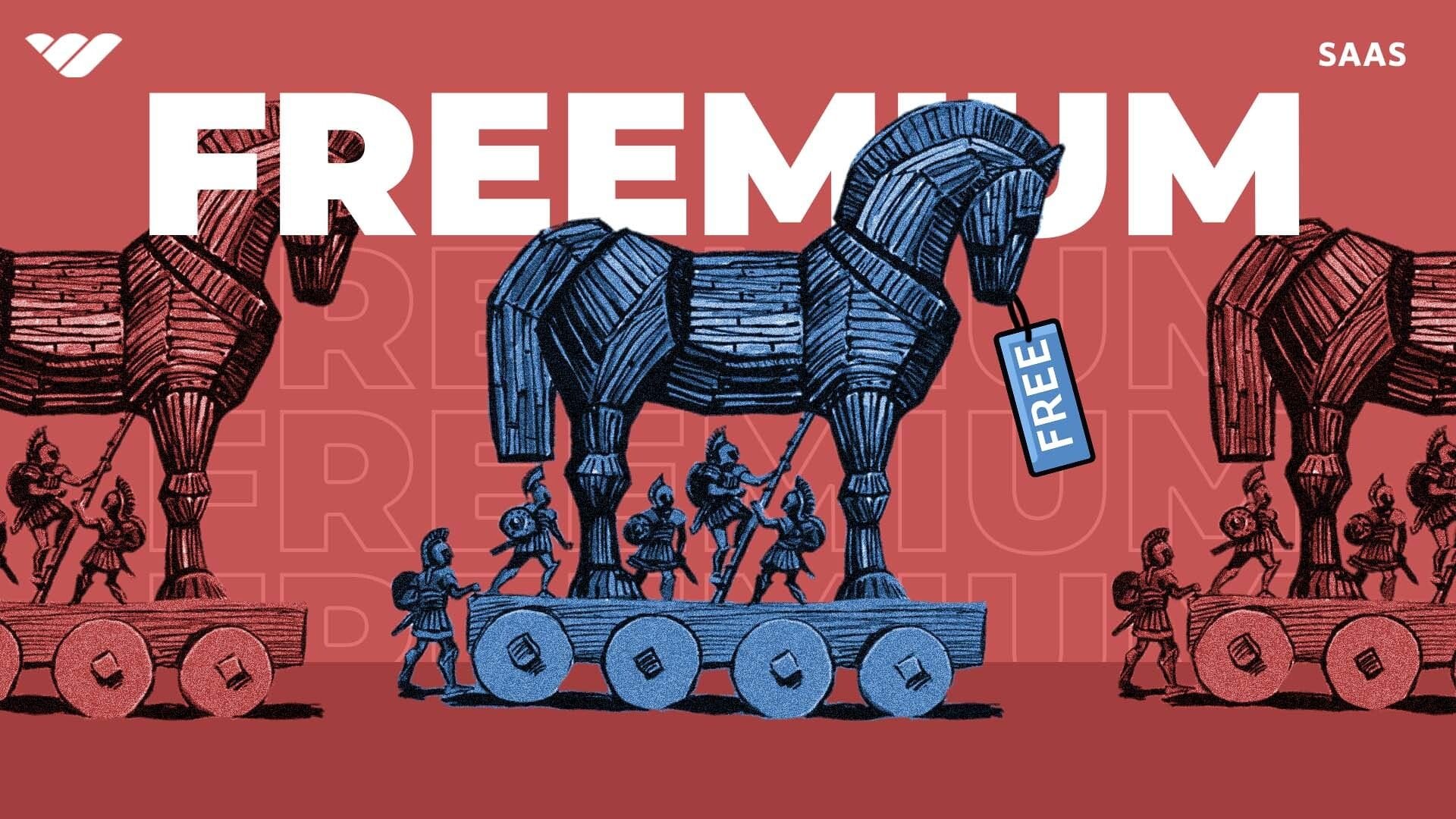
A freemium pricing model is exactly what the name implies: a hybrid between a free product and a premium one.
This model is very common with all manner of apps and SaaS, such as Spotify, Adobe Photoshop, or Dropbox, where the company offers a base free product or service to everyone. You start free, and pay to unlock other features.
Freemium pricing is good if you want to offer something with a low barrier of entry. After all, everyone can afford it if it's free!
Still, keep in mind that only a small percentage of free users will end up paying. Even Spotify reports that around 40% of its users pay extra to get rid of ads and use the Spotify Premium service.
Subscription pricing
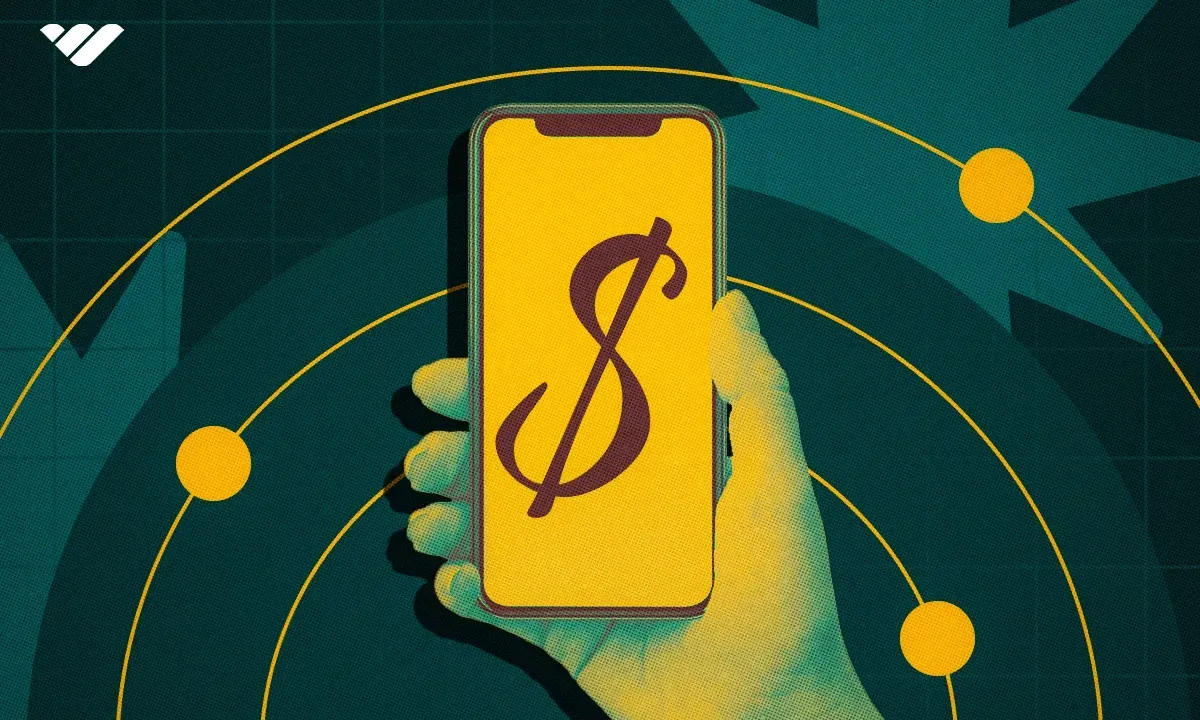
A subscription model is perfect if you want continuous income that you can rely on.
The good thing is that many different types of digital products can warrant a monthly subscription, from running your own exclusive community to offering weekly meal and fitness plans.
Flat pricing and tiered pricing are both common formats used by people who sell via subscription.
Flat pricing
Flat pricing involves charging everyone a single price. For that fee, they gain access to everything you have to offer. For example, let's say you sell meal plans, you could set a flat fee of $50 a week for this service.
This is by far the simpler option, and will involve less work on the back end in terms of billing and customer support.
Tiered pricing
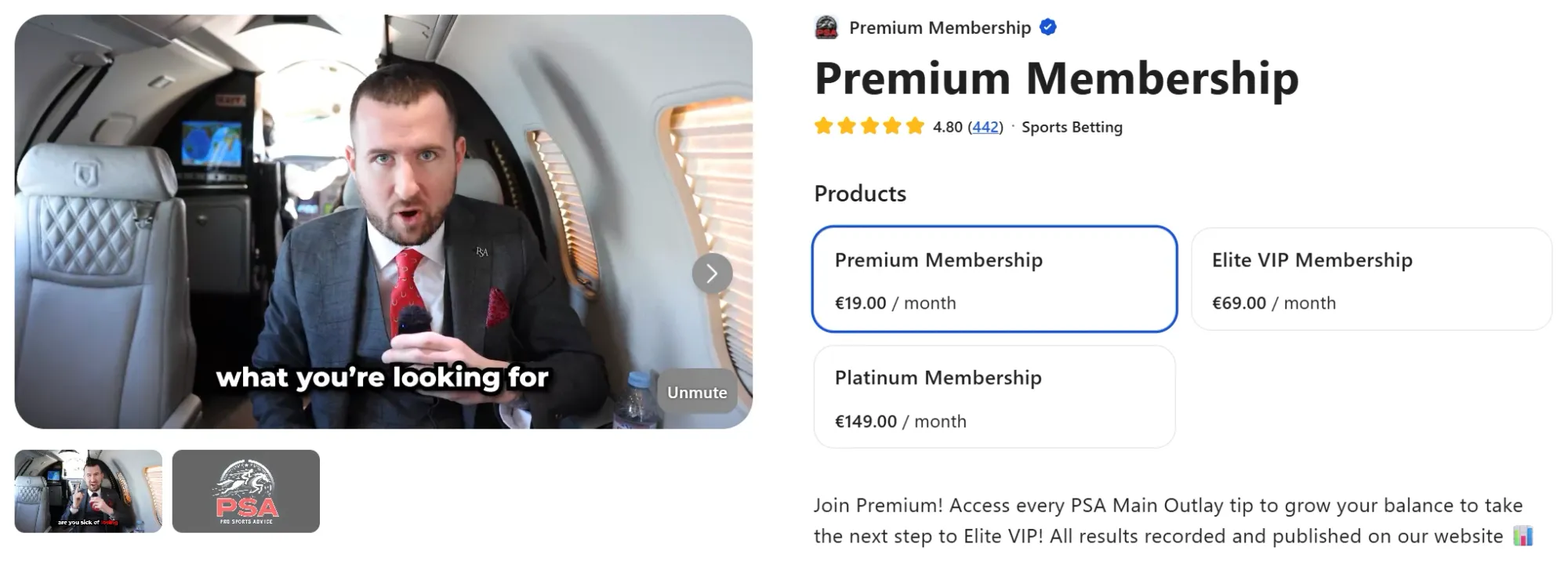
Tiered pricing lets you charge more for the best bundle of your products.
A subscription with tiered pricing divides up your content into different levels. With each higher level, you can offer more content of a higher value, and subsequently, charge more for it.
This allows people on more of a budget to still be able to buy your products, all the while you can get more money for the whole bundle.
Let's take that previous example of selling a meal plan. With a flat subscription fee, you charge one price for everything on a regular basis - with tiered pricing, you offer different plans - perhaps $25 per week for 3 days of meal planning and $50 per week for all seven days planned.
No matter what pricing structure you opt for, finding the right platform for your subscription style is important.
Support, bundle, and upsell
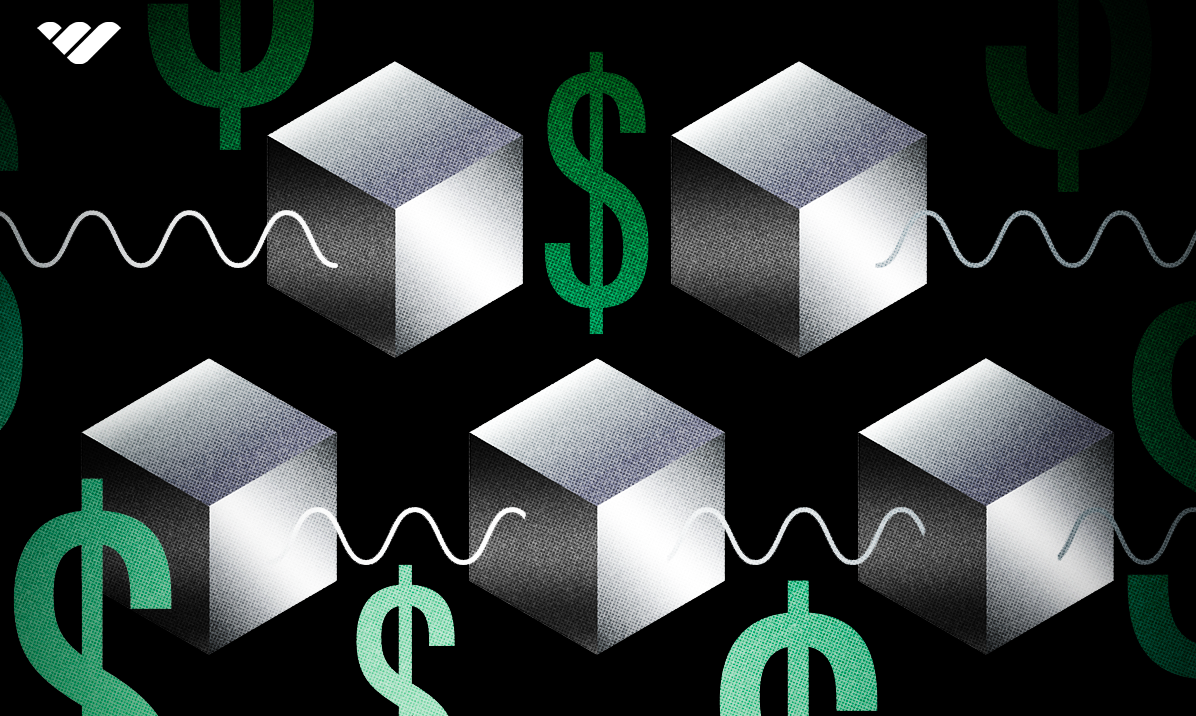
By this point in our guide, you already know how much it costs you to make and market your products. Now, don't forget that you'll also need to provide customer support, and that can cost both time and money.
Offering good support is important for your word-of-mouth reputation and customer retention. People who feel like they've had a good support experience are more likely to keep coming back to you.
There are some ways to make up for the extra costs, though. For starters, make sure that you work with a platform like Whop—that way, you won't have to worry about any issues on the payment side, as Whop takes care of all that.
What else can you do? Tap into some tried-and-tested ways to boost your digital product sales, such as bundling and upselling. Here's your new battle plan!
Bundling
If you're selling multiple products, you can bundle them to provide your customers with more value at a discounted rate. They're getting a great deal, while you earn more money.
Bundling is common practice - you know all those deals where you're, as an example, getting a bottle of shampoo and a smaller bottle of conditioner for "free"? Or maybe a Nintendo Switch with Mario Kart pre-installed, both at a cheaper price? That's bundling.
It costs more than buying the console alone but less than if you bought the console plus the game individually.
You should make your offer good enough that the customer will spend extra.
Upselling
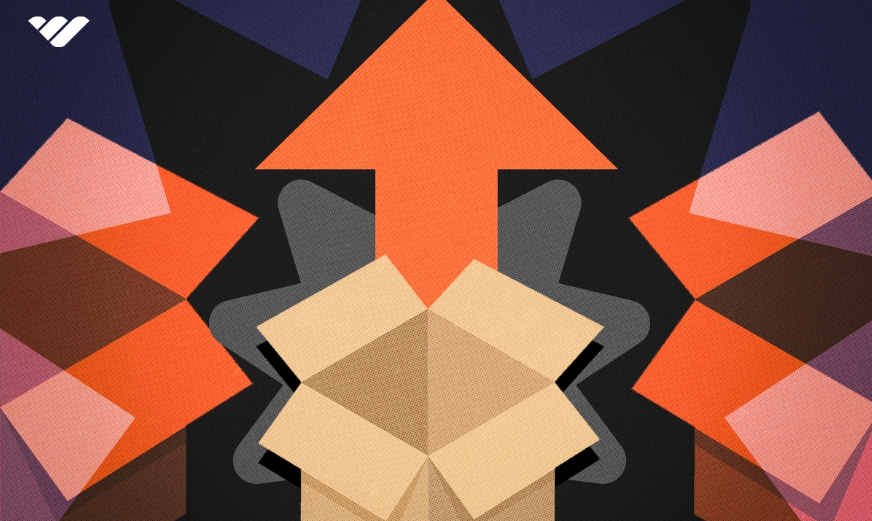
Upselling means getting customers to spend more than they planned. Let's say you sold them an ebook. You could add an extra page in the book with a discount code to buy more of your products.
Another way to upsell is to offer multiple pricing tiers, all priced in such a way that it's hard to say no to an upgrade.
Keeping individual product prices low and offering upsells and bundles will increase your revenue. If the cheapest deal is $5 but the most expensive one is $15 and gets the customer a lot more content, they're far likelier to spend $15.
Sell your digital products with whop
Being able to sell whatever kind of digital product you want and pricing them in any type is hard - many platforms limit you at some point. But Whop isn't just any platform.
You can sell all kinds of digital products on Whop: downloadables, courses, coaching, you name it.
Pricing? That's easy, too. You can set one-time payments, subscriptions, free trials, tiered payment systems, and more.
Need another reason to get started? Whop offers industry-leading fees, only taking 2.7% + $0.30 out of each sale and creating your own whop and launching your business takes less than 10 minutes.
It only takes a few minutes to start selling. Sign up with Whop and sell your digital products today.
FAQs
How to price your digital products?
Do some market research and note how much your competitors are selling, then account for your expenses, and try to offer reasonable prices.
If you're new, it can be a good idea to undercut your competitors slightly to drive new sales, but not too much—you need to make a profit.
What tools can I use to help price my digital products?
If you're looking for tools online to help you price your products, there are a lot out there. Here are some of the more popular and commonly used options.
- Whop Marketplace
- Google Trends
- Trustpilot
- SurveyMonkey
- GoogleForms
- Hootsuite
- Brandwatch
- Optimizely
- Quickbooks
- FutureFuel
Should I offer discounts on my digital products?
Offering discounts on your digital products is a great way to get the attention of customers. After all, who doesn't like a cheap digital download? This is especially helpful when you're just starting.
You can also use a free trial method. Consider running giveaways and advertising your discounts on social media to benefit from organic marketing.
Can I sell my products in currencies other than USD on Whop?
When creating a product on Whop, you'll have the option to choose from all currencies in the world.
Can I create tiered memberships on Whop?
You can create as many pricing options as you want for your whop and decide what kind of content to include in them. This way, you can create tiered memberships for your product.
How much are digital products making on Whop?
There are countless sellers on Whop and some earnings are:
- Ebook: Over $64,000 in the last 90 days
- Trading communities: Over $22 million in the last 90 days
- Reselling: Over $5 million in the last 90 days
- Courses: Over $4.6 million in the last 90 days

